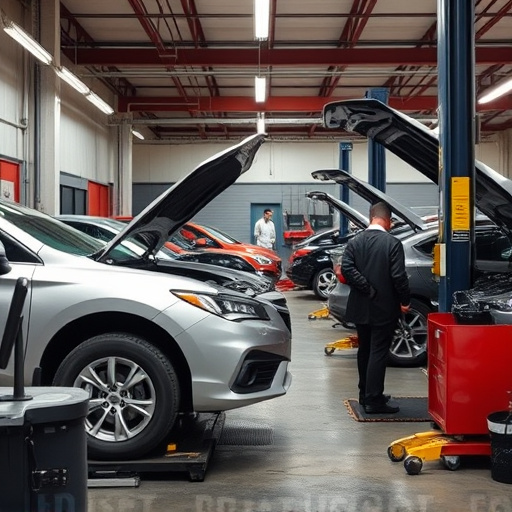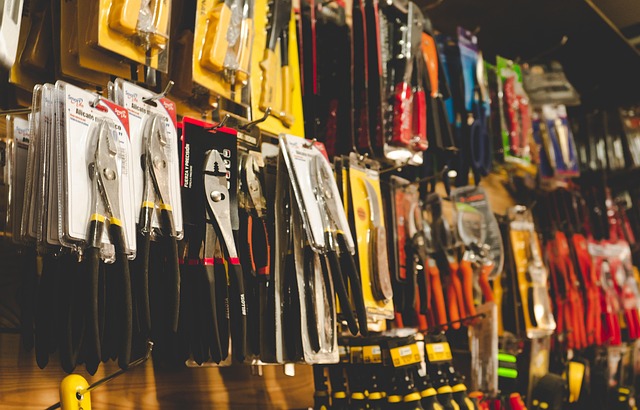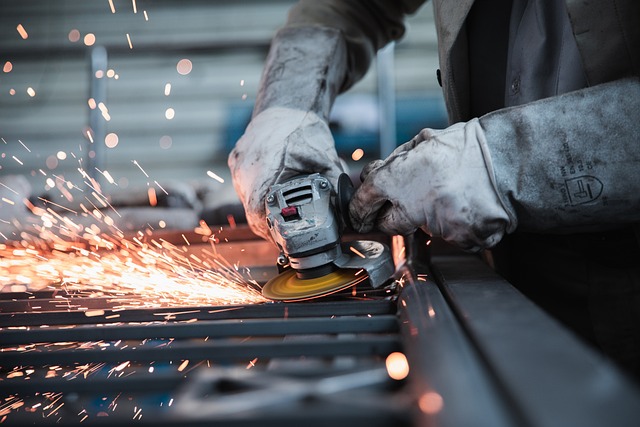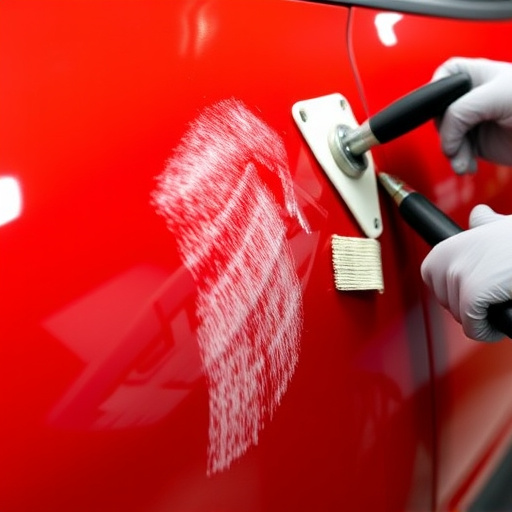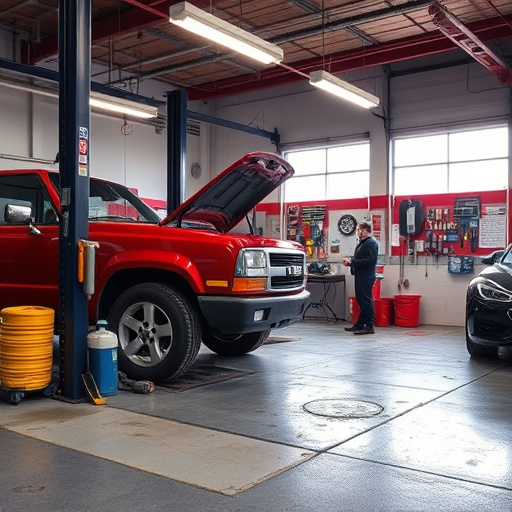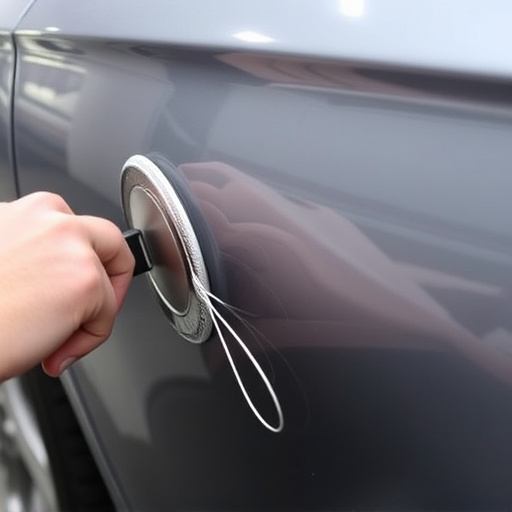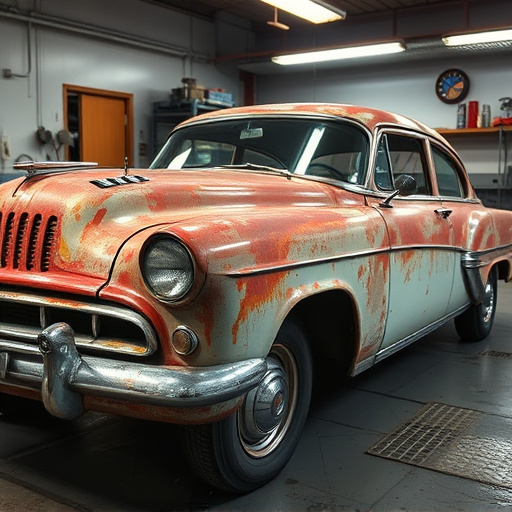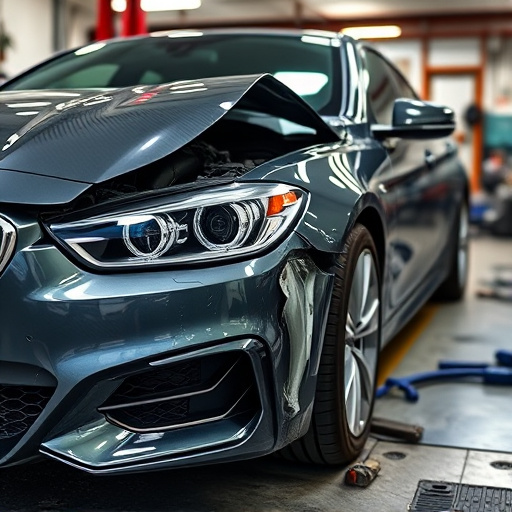Workers' compensation claims pose significant financial and reputational risks to businesses, driven by workplace injuries and illnesses. For technicians in sectors like automotive repair, prioritizing safety through proper technician safety equipment is crucial to mitigate risks, reduce accidents, lower claims, comply with regulations, and foster a culture of safety, ultimately saving costs and protecting reputations.
“Technician safety equipment plays a pivotal role in reducing workers’ compensation claims, making it an indispensable aspect of modern workplace safety. This article explores how these specialized tools contribute to mitigating risks and minimizing injuries. We delve into the world of workers’ comp claims, understanding their financial and reputational impact on businesses. Subsequently, we examine the protective gear that technicians rely on, its effectiveness in real-world scenarios, and the best practices for maximizing its potential. Finally, we glimpse into future trends, where technology and design innovations aim to further enhance technician safety.”
- Understanding Workers' Compensation Claims and Their Impact
- The Role of Technician Safety Equipment in Risk Mitigation
- Lowering Claims: Best Practices and Future Trends
Understanding Workers' Compensation Claims and Their Impact
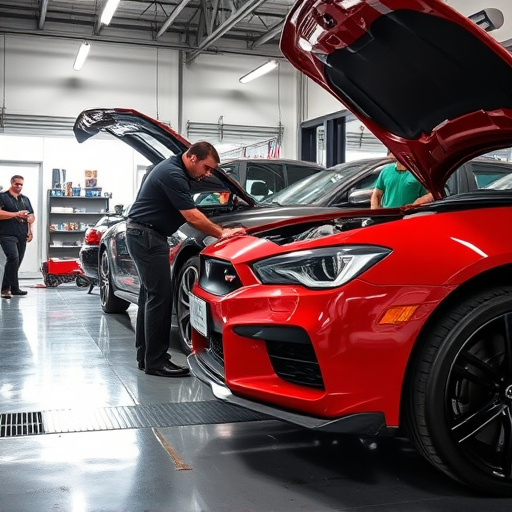
Workers’ compensation claims are a significant concern for businesses worldwide, often resulting in substantial financial burdens and reputational damage. These claims arise from workplace injuries or illnesses sustained by employees during their duties, which can lead to medical expenses, lost wages, and even permanent disabilities. In extreme cases, such incidents can trigger legal battles and costly settlements, impacting a company’s financial health and operations.
The impact of workers’ compensation claims extends beyond the immediate financial costs. It also affects employee morale, productivity, and overall job satisfaction. For technicians working in various industries, such as automotive repair (including car damage repair, car paint repair, and car bodywork), ensuring their safety is paramount to mitigating these risks. The use of appropriate technician safety equipment plays a pivotal role in reducing workplace accidents and, consequently, lowering the number of workers’ compensation claims.
The Role of Technician Safety Equipment in Risk Mitigation
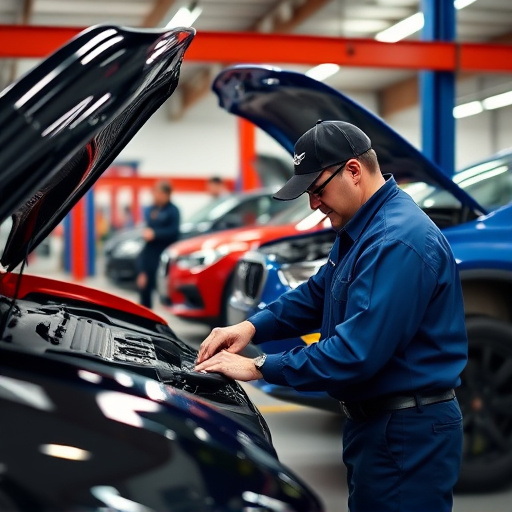
Technician safety equipment plays a pivotal role in mitigating risks and ensuring the well-being of workers across various industries, including car repair services and automotive body work. These specialized tools and gear are designed to protect against potential hazards that are inherent in many job tasks. For instance, when conducting bumper repair, technicians may encounter sharp edges, heavy parts, or even hazardous chemicals. Proper safety equipment such as gloves, protective eyewear, and respirators can effectively shield workers from injuries or exposure to harmful substances.
By adhering to safety protocols and utilizing technician safety equipment, businesses in the automotive sector can significantly reduce the likelihood of worker compensation claims. This is achieved through a combination of accident prevention, injury minimization, and ensuring compliance with health and safety regulations. When properly fitted and used consistently, such equipment serves as a crucial line of defense against accidents that could lead to costly legal implications and damaged reputations for car repair shops and their technicians.
Lowering Claims: Best Practices and Future Trends

The implementation of technician safety equipment is a proactive approach that significantly contributes to reducing workers’ compensation claims in various industries, including automotive body work and car collision repair. By prioritizing safety, companies can foster a culture where accidents are minimized, and injuries are prevented. This not only benefits individual workers but also translates into substantial financial savings for businesses in the long run.
Looking towards future trends, the integration of advanced technician safety equipment is expected to play an even more pivotal role. As technology advances, we can anticipate smarter, more connected safety gear that enhances real-time monitoring and alerts. This evolution will enable technicians working on automotive body work or fender repair to stay one step ahead of potential hazards, ensuring their well-being in the dynamic environment of car collision repair.
Technician safety equipment plays a pivotal role in mitigating risks and significantly lowering workers’ compensation claims. By ensuring technicians are protected with specialized gear tailored to their unique tasks, organizations can create a safer work environment. Implementing best practices, such as regular training and up-to-date equipment maintenance, further enhances these benefits. Looking ahead, embracing innovative technologies and staying informed about industry standards will continue to drive down claim rates, fostering a culture of safety within the workforce.



